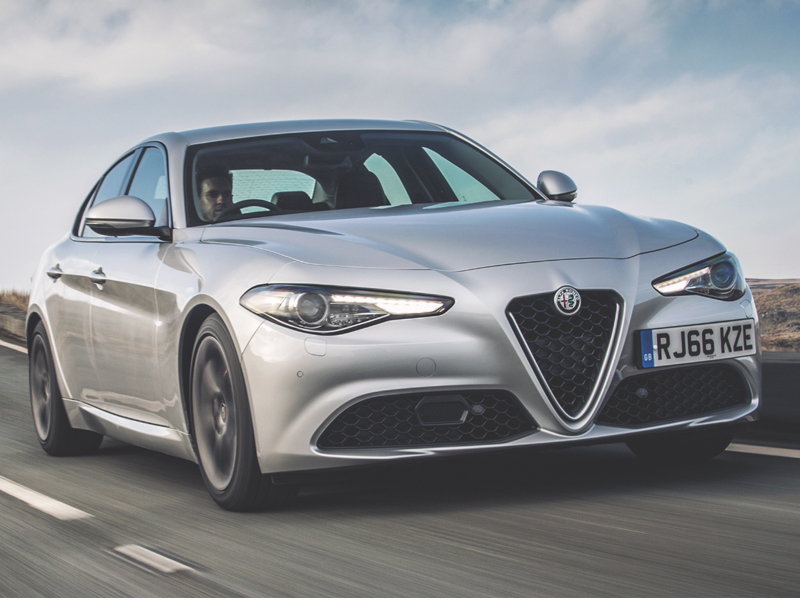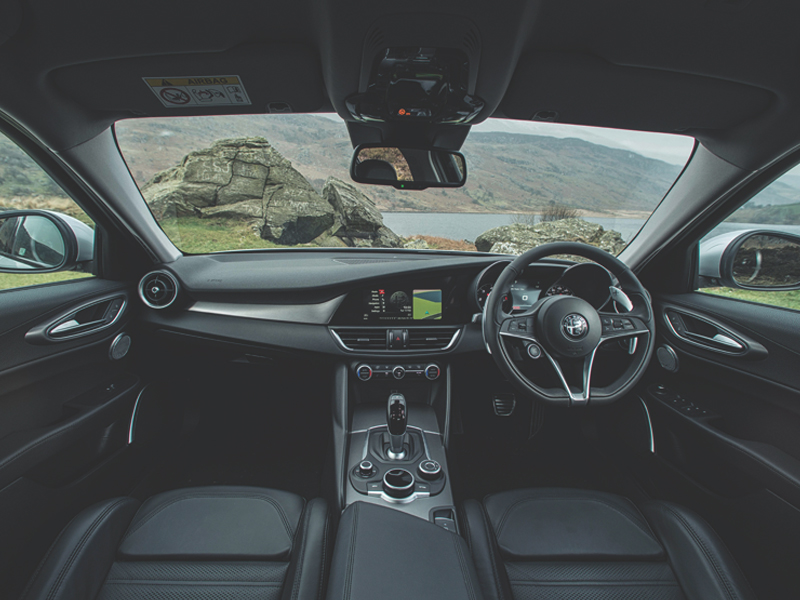Road Test: Alfa Romeo Giulia 2.2d
Can the Giulia lure drivers out of the established compact executive class? Alex Grant finds out.
With its sights set on re-establishing itself as a manufacturer of excellent driver’s cars, Alfa Romeo has taken the unusual step of introducing the Giulia – arguably its most important newcomer in almost a decade – by focusing on the high-performance Quadrifoglio Verdi. But, behind the gloss of its 503bhp range-topping super-saloon, it’s the diesel versions which have the bigger job to do.
The Giulia, and platform-shared Stelvio SUV launching shortly afterwards, mark the start of a new era. Accepting that its success on track was never matched in showrooms, and that many of its recent models have lacked that vital DNA which kept Alfa enthusiasts – the ‘Alfisti’ – engaged for decades, there are eight new models due before the end of the decade. A range which will fill segments from the Giulietta’s replacement through to full-size executive sedans and sports cars, each lightweight, perfectly balanced, high-tech and awash with Italian design flair.
This name has heritage, last used on a compact sports saloon in the 1970s, and Alfa Romeo claims much of that car’s identity has made its way into the new one. Diesel versions are the lightest cars in their class, by up to 150kg, and that weight is distributed almost evenly across front and rear axles featuring a sophisticated multi-link suspension design. Foundations for sure-footed handling, swift acceleration and low fuel consumption.
Fleets will get a choice of two 2.2-litre diesel engines from launch, which with 148bhp and 178bhp are aimed right at the core of the segment. Both will be available with a six-speed manual or eight-speed automatic transmission, and all versions consume 67.3mpg with 109g/km CO2 emissions. The more powerful of the two feels competitive, too, offering a wide spread of pulling power across the middle of the rev range and relatively low noise while cruising. Low weight and a direct steering all add up to an engaging driver’s car, without the need for overly stiff suspension.
Despite the striking styling, it makes good sense. There are fleet-focused trim levels, cabin space isn’t overly compromised and the dashboard is logically laid out and angled towards the driver. Bolt paint and leather colours work best, and those seduced by the styling and driving experience aren’t likely to be put off by minor frustrations such as the slightly Fiat-like feel of some of the switchgear, or the fiddly infotainment system. There’s also no estate from launch, though product plans suggest this is on the way.
Reputation is a double-edged sword for the Giulia. Alfa is a brand with plenty of equity, but also the baggage of unreliable old products to get fleets to see past if it wants to make a success of its renewed model range. However, Jaguar, which had similar hurdles to get over, has shown with the XE that it’s possible. All the Giulia has to do is convert interest in the Quadrifoglio into volume for the rest of the range.What we think
Giulia looks and drives like a proper Alfa Romeo sports saloon, even with a diesel engine. It has plenty of opportunity to steal drivers from German brands.














